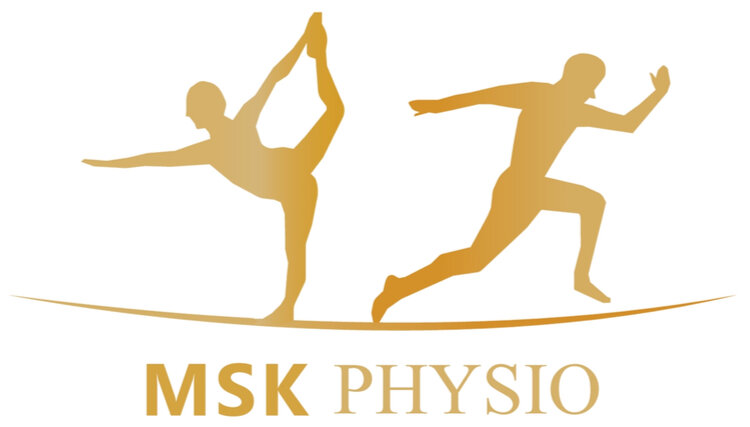What Type Do I Have? (Nerve Pain Explained)
Nerve Pain Explained - It can be rather confusing when it comes to understanding what type of nerve pain you may have. Nerve pain can be very uncomfortable and limiting at times. Clients who often notice nerve pain present in many different ways. For example, some clients may feel sharp shooting pains as others may feel dull aches, reduced sensations, muscle weakness or even pins and needles and numbness. Medical conditions such as diabetes, shingles, and cancer may cause increased risk of injury and nerve discomfort. However, some people may develop nerve pain/issues for no known reason.
It is important to treat nerve discomfort to allow symptoms to reduce and learn how to avoid chronic issues and limit issues occurring in the future or frequently. Physiotherapy treatment and rehabilitation aims to help improve symptoms and allow you to self-manage.
Definitions:
Radiculopathy - Injury to the actual nerve root which affects the communication (sending and receiving messages) from the brain. Signs and Symptoms may include muscle weakness and dull sensation.
Radicular Pain - When discomfort is felt from the nerve root in the spine. For example, lumbar spine (lower back) radicular pain is felt down the leg and may present as sharp and sudden.
Referred Pain - Usually a diffused ache which is felt at different areas such as the muscles and joints.
Referred Pain & Radiating Pain
Referred Pain
From Deep Somatic Structures - Discs, Muscles, Joints
Aching, Diffuse, Deep Pain
Worse Proximal than Distal
Radiating Pain
From the nerve root
Sharp, severe, localised pain
Usually worse distally than proximally
Strength, sensation and range of movement is affected
Pain is usually noticed as the brain is trying to warn us of a danger. For example, when your hand is too close to a burning or hot item, your nerves send pain signals to your brain and you then move your hand away from the item before symptoms increase and cause further damage. This is what nerves should do. However, in some instances when there is nerve damage, this communication doesn’t work properly and false, delayed or no messages maybe sent to your brain.
Nerve discomfort and symptoms can be triggered in different ways. Some people may find certain activities such as bending forwards or reaching to get something an aggravating factor and others may find being in certain positions for prolonged periods aggravating factors.
Nerve pain can also cause loss of grip strength and sensation and some may find it difficult to perform fine tasks such as knitting, holding a cup of water and typing. Nerve damage can also result in muscle weakness which can cause issues with our balance. Nerve discomfort may often be worse at night after a long day as symptoms may increase. Therefore, getting a good nights sleep may be challenging. Changes to our daily habits might help such as performing small rounds of movement/exercise if we have a desk job and are required to sit in-front of a computer for long hours.
Treatment & Physiotherapy
Physiotherapy treatment and rehabilitation exercises are very important modalities which can be used to help with nerve related injuries and pain as it has been researched that medication alone is not sufficient for optimal recovery. The aim of hands on treatment and exercises tailored to the individual is to help with the inflammation, soreness and stiffness of the joint affected.
Gentle mobility and strengthening exercises using resistance bands are very useful in the long-term allowing clients to self-manage their symptoms.



